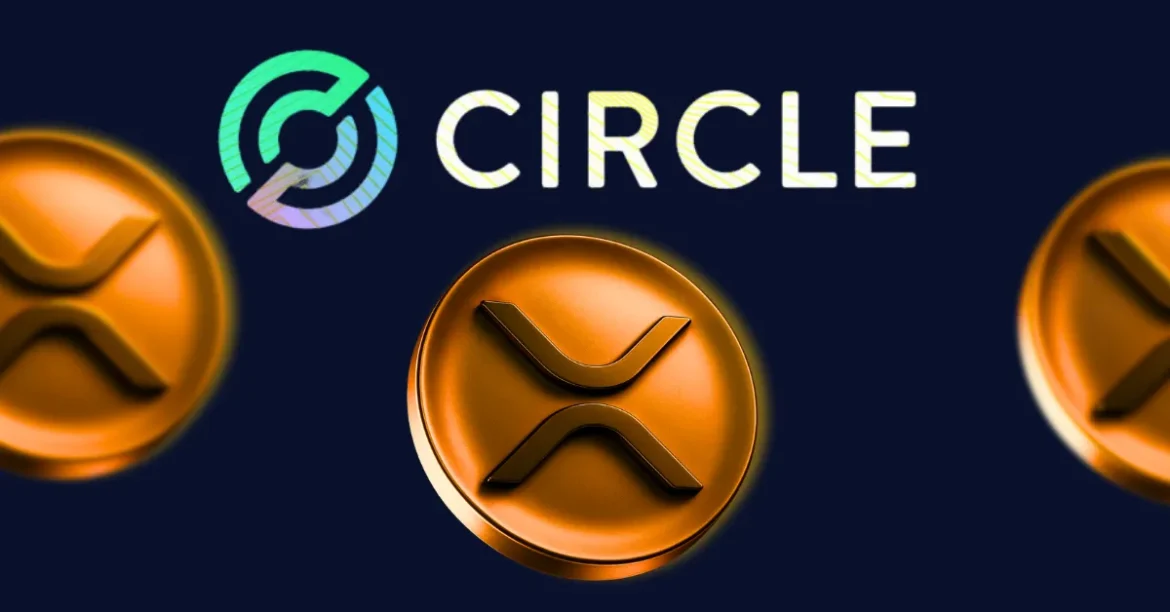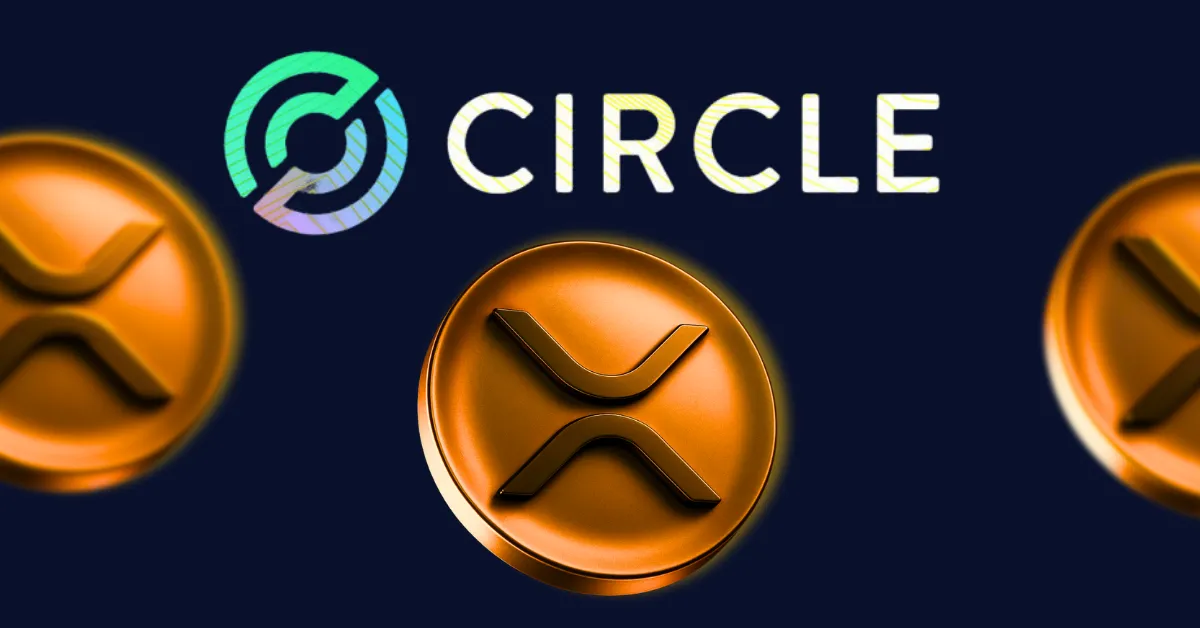Charles Hoskinson’s Support for Ripple’s Bid to Acquire Circle: A Deep Dive into Industry Dynamics
The cryptocurrency world is buzzing with talk about Ripple’s potential acquisition of Circle, a major stablecoin issuer. At the forefront of this conversation is Charles Hoskinson, founder of Cardano, who has publicly expressed strong support for the deal. His stance not only highlights the evolving power dynamics within the crypto ecosystem but also shines a light on the controversies and monopolistic tendencies Hoskinson perceives among established players like Coinbase and venture capital giant Andreessen Horowitz (A16Z). This analysis explores the various facets of Hoskinson’s endorsement, the implications for competition, and how this move could reshape the crypto landscape.
—
Ripple’s Ambitious $11 Billion Bid and Hoskinson’s Backing
Ripple’s potential acquisition of Circle has been reported with an offer as high as $11 billion, about double an earlier bid reportedly rejected by Circle for being undervalued at $5 billion. Hoskinson welcomes this substantial move, seeing it as a necessary shake-up against what he terms the “Coinbase-A16Z-Circle mafia”—an informal coalition that he claims controls significant influence in the crypto sector and sidelines innovative outsiders.
Hoskinson’s enthusiasm stems from his belief that Ripple, known for its XRP cryptocurrency and enterprise blockchain solutions, could serve as a disruptive force to this “mafia.” He argues that Ripple acquiring Circle would inject much-needed competition, diversify the ecosystem, and prevent monopolistic consolidation.
—
Critique of the Crypto Elites: Monopoly and Blacklisting Claims
Central to Hoskinson’s commentary is a sharp critique of the crypto industry’s power structures. He accuses prominent entities, including Coinbase and A16Z, of forming an exclusionary “mafia” that blacklists outside projects and maintains control over key parts of the market. This “mafia” allegedly exercises outsized influence on network upgrades, funding decisions, and market dynamics, creating barriers that hinder innovation and fairness.
Hoskinson’s call is not merely about supporting one acquisition but about challenging entrenched monopolistic forces. He envisions Ripple’s move as a way to dismantle this status quo and open the door for projects like Cardano and XRP DeFi initiatives to thrive on a more level playing field.
—
Impacts on Competition and Market Fairness
From Hoskinson’s perspective, the Ripple-Circle deal would promote competition and improve fairness in the crypto industry. Circle plays a significant role as the issuer of USDC, one of the largest stablecoins, which is integral to trading, DeFi operations, and institutional capital flows. Control of Circle’s stablecoin operations by Ripple could diversify custodianship and reduce the centralized control that currently exists.
By breaking the grip of Coinbase and A16Z over stablecoins and related infrastructure, this acquisition could encourage a healthier market environment where multiple blockchain projects have equal opportunity to innovate and attract users. Hoskinson maintains this would benefit the industry by increasing diversity and decentralization, core principles of blockchain technology.
—
Ripple and Cardano: Potential for Collaboration, Not Conflict
Interestingly, Hoskinson’s advocacy for Ripple contrasts with past tensions between Cardano and XRP communities. Recent actions demonstrate a possible thawing of relations, as Hoskinson has apologized to XRP supporters and shown openness to collaboration. Cardano’s announcement of readiness to integrate Ripple’s new stablecoin, RLUSD, onto its blockchain is an example of such cooperation.
This emerging partnership signals an understanding that blockchain networks and cryptocurrencies need not be rivals but can complement each other. The Ripple-Circle acquisition, supported by Hoskinson, may accelerate cross-chain solutions and interoperability, enhancing the broader ecosystem.
—
Challenges and Controversies Surrounding the Deal
Despite the optimism, there are potential hurdles and debates around the Ripple-Circle acquisition. Circle’s rejection of Ripple’s earlier $5 billion offer suggests that valuation and strategic control are sticking points. Regulators may also scrutinize such a deal, given the concentrated power stablecoin issuers wield and the increasing governmental attention on crypto’s systemic risks.
Additionally, Hoskinson has openly criticized Circle’s conduct during network upgrades, particularly its selective support during Ethereum’s transition from a Proof of Work to Proof of Stake consensus. This example illustrates how platform operators can exert considerable influence on protocol directions, further justifying concerns about monopolistic control.
—
Conclusion: A Bold Move Towards Crypto Industry Renewal
Charles Hoskinson’s vocal support for Ripple’s acquisition of Circle encapsulates a wider call for disruption in the cryptocurrency space. By challenging dominant players and endorsing a bold takeover, Hoskinson advocates for a more competitive, decentralized, and fair market. This deal, if it materializes, has the potential to fracture existing monopolies and create new opportunities for innovation across blockchain projects, including Cardano and Ripple’s own XRP-based decentralized finance ecosystems.
Beyond the financial and strategic implications, Hoskinson’s position represents a challenge to crypto’s elite structures, urging a leveling of the playing field. Whether or not Ripple succeeds in acquiring Circle, the discussion underscores the dynamic nature of the crypto industry and the ongoing struggle between consolidation and decentralization.
In this unfolding chapter, the interplay between established powerhouses and emerging challengers will likely define the next phase of blockchain evolution—making the Ripple-Circle saga not just a business transaction but a pivotal moment for the industry’s future.





